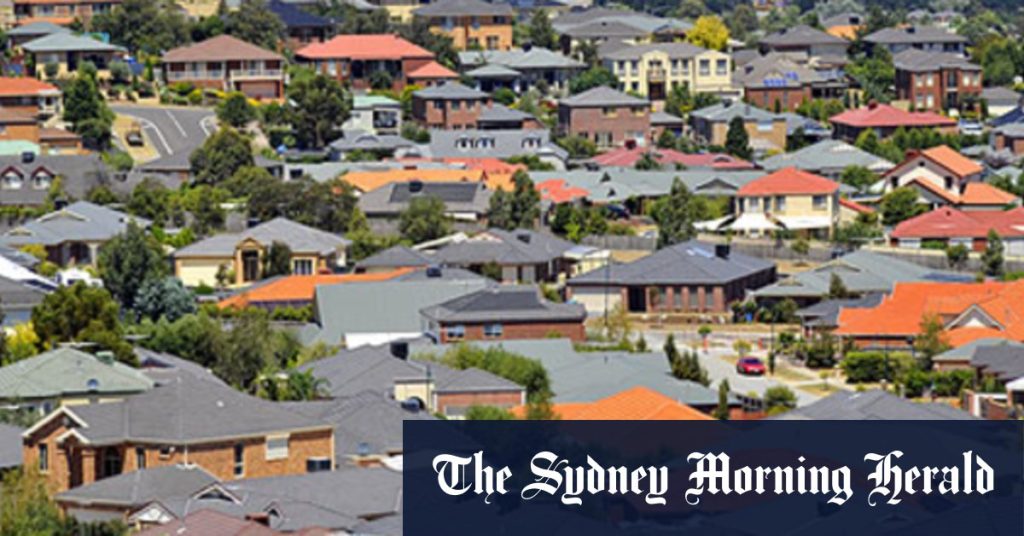Greater Brisbane experienced a significant increase in population density, with an average of 112 people per square kilometre in 2003 rising to 171 in 2023. The population of Greater Brisbane grew by 81,200 people (3.1 per cent) in 2022-2023, making it the third-highest growth rate in the country. Four suburbs that saw the most significant population increases during this period were Chambers Flat, Pallara/Willawong, Greenbank/North Maclean, and Ripley, all located south of Brisbane’s CBD. Chambers Flat saw the largest surge in population with an 18.4 per cent increase, equivalent to an increase of 1971 people.
The majority of new residents in Greater Brisbane moved from other states, with Brisbane and Perth being the only major capital cities experiencing an inflow of people. This influx of residents is attributed to Brisbane’s affordability, strong job market, warm weather, and cheaper housing options compared to Sydney and Melbourne. Areas where developers were able to construct detached housing in large quantities, such as Pallara, attracted many new residents. Pallara, a multicultural suburb located 30 minutes south of the CBD, offers brand-new four-bedroom houses for under $1 million, making it particularly appealing to families relocating from more expensive cities.
Greater Brisbane’s population growth was primarily fueled by net overseas migration (51,800), followed by net interstate migration (15,300) and births (14,100). The impact of COVID-19 on migration patterns caused a rush of new residents to the city, as the flow of migrants was interrupted for several years. Overseas migration played a significant role in the population growth of inner-city areas like Spring Hill and Brisbane City, which saw the fifth- and sixth-highest percentage increases in population.
In addition to Greater Brisbane, Queensland’s major regional areas like the Gold Coast, with a record 735,000 residents, and the Sunshine Coast, with 408,000 residents, also experienced rapid growth. Both regions have grown by more than 70 per cent since the turn of the century. The Gold Coast is now Australia’s largest non-capital city, surpassing Newcastle in NSW and Queanbeyan near Canberra in population size. The accessibility of new housing options, job opportunities, and favorable climate continue to attract residents to these growing regions.
Overall, Greater Brisbane’s population growth reflects a trend of increasing density and diversity in the area, driven by factors such as affordability, job market strength, and desirable living conditions. The influx of residents from other states and overseas has contributed to the city’s rapid growth, particularly in suburbs offering new housing developments at attractive prices. As Greater Brisbane continues to expand, policymakers and developers will need to consider how to sustainably manage this growth while preserving the region’s quality of life and natural environment. With Queensland’s major regional areas also experiencing significant population increases, planning for the future will be crucial to ensure these communities remain vibrant and resilient in the years to come.


